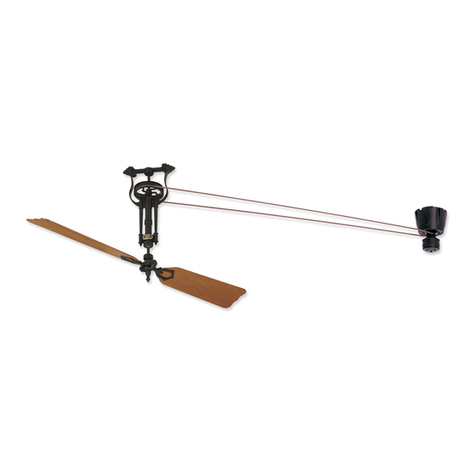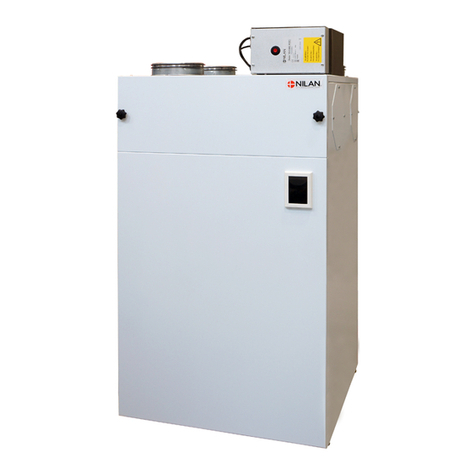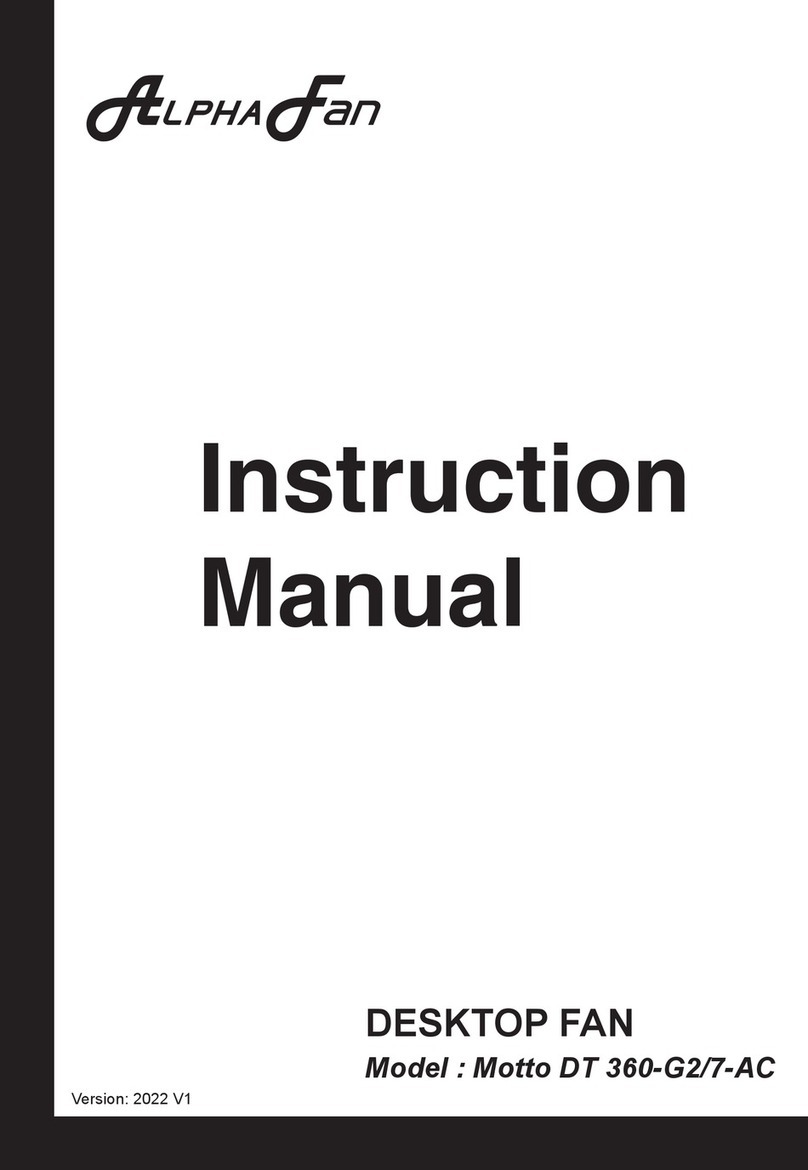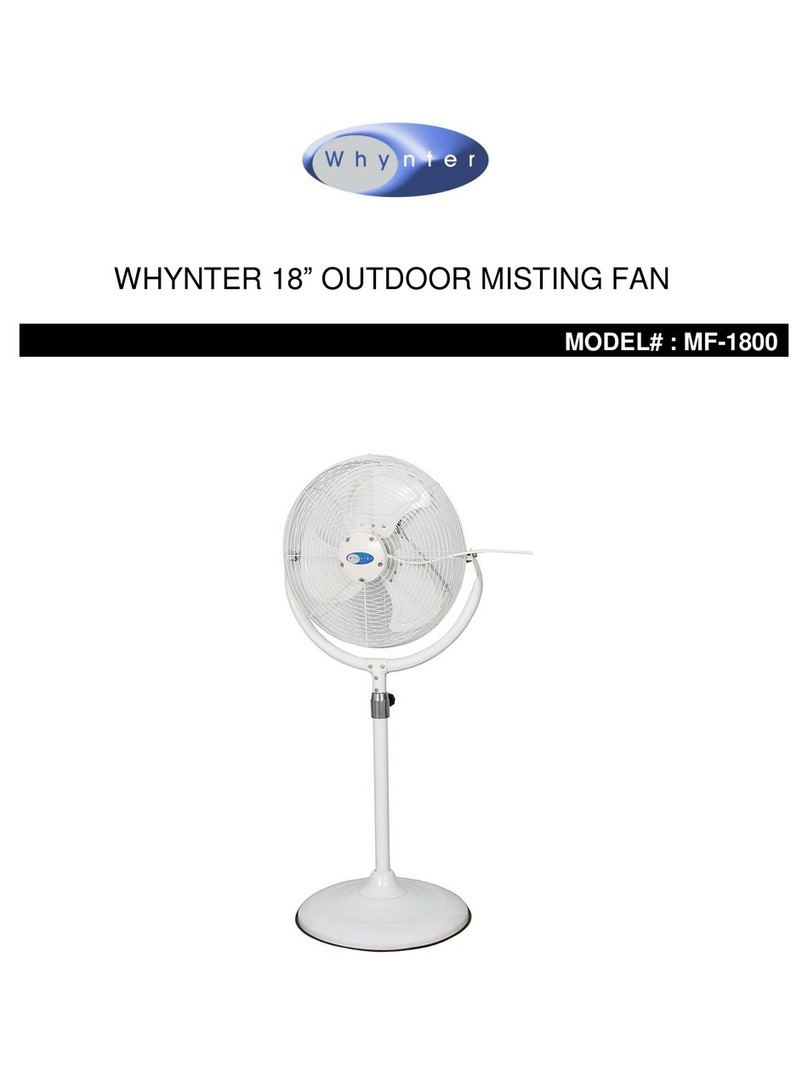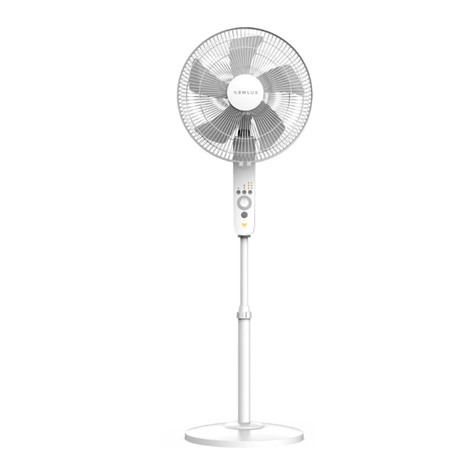Bisque Serenity Series User manual

Serenity
Constant Volume Single Point Extract Fan
INSTALLATION INSTRUCTIONS
4
READ ALL INSTRUCTIONS BEFORE
COMMENCING INSTALLATION
•Observe appropriate safety precautions if working on
steps or ladders. Wear eye protection when breaking
out wall or window materials etc.
•The fan should not be sited where it would be
subject to a direct source of heat in excess of 40ºC.
•When installing ensure that there are no buried
cables or pipes in the way. It is recommended that
this fan is mounted 1.8m above floor level.
•Aclearance of 75mm to be allowed on at least one
side of the fan for the removal of the internal grille.
•The appliance is not intended for use by young children
or infirm persons unless they have been adequately
supervised by a responsible person to ensure that they
can use the appliance safely. Young children should be
supervised to ensure that they do not play with the
appliance.
•Siting Notes: Where an open-flued oil or gas-fuelled
appliance is installed in the kitchen, extract ventilation
can cause the spillage of flue gases. Care must be taken
to ensure ventilation is reduced appropriately, as set out
in the Building Regulations. Kitchens with solid-fuel
appliances should not have extract fans fitted.
•Ensure metal retaining bracket is used in all installations.
05.10.899 (MCR 618) Issue 2 March 2011
The Serenity is a continuously running extract
fan, designed to offer a simplistic approach to
the Building Regulations and an energy
efficient domestic ventilation solution.The
design concept revolves around 'one product',
which has been designed to be flexible in
application and to meet the performance
requirements of all wet rooms within a
dwelling (to be configured during installation).
The Serenity fan is also silent in operation and
is supplied with an aesthetically styled
decorative cover.
T: 01276 605800 F: 01276 469094
www.bisque.co.uk
•The fan is double insulated and does not
require an earth connection.
•The fan must be connected to a double pole
isolating switch having contact separation of at
least 3 mm.
•When supplied from a 6 amp lighting circuit
no local fuse is required.
230V Wiring Diagrams
Fan Specifications
230V Model:
220-240V ~ 50Hz / 1Ph IP24
5.5 Watts max. 5, 10 & 15 L/S
airflow performance
Cable Sizes:
Fixed flat wiring 2 core 1mm2,
3core 1/1.5mm2
With Boost Without Boost
230V / 50Hz / 1Ph
230V / 50Hz / 1Ph
The electrical connections must be carried out by a qualified electrician in accordance with IEE or local regulations.
WARNING: Isolate electricity supply before starting work.
180
180
125
48
25.5
Ø99
Ø52
Front Side

134
5 6
Wall Mounting (Using ED wall duct and EG external grille)
2 3
Remove the two retaining screws under
decorative cover and then pull bottom of
decorative cover while lifting.
Cut the duct to width of the plasterboard
ortiled wall with slight fall to exterior.
(Make provisions for cable).
Fill in any gaps with mortar or foam and
make good internal and external walls.
Make sure that ducting remains circular
and screw holes are horizontal.
Using No 8 screws, secure fan body to
ducting. The electrical cable passes through
asappropriate. Wire fan (See wiring details).
Ensure metal retaining bracket connecting
holes are positioned at the bottom.
Fine Adjustments
If after installation the fan is not
level, the front grille can be
turned upto 5º clockwise or 5º
anti-clockwise to correct this.
8
7
Replace decorative cover by hooking onto the
top of grille on the main body then push bottom
of cover home. Align screw holes with metal
retaining bracket and gently tighten retaining
screws at bottom of cover, ensuring no wires are
trapped.
Screw the protective wall grille over the
external duct opening.
To Clean or Service Fan
WARNING:
Isolate electricity supply before removing or replacing jumper switch.
•Remove jumper switch if 10 L/S constant airflow rate is required.
•Replace jumper switch if 5 L/S constant airflow rate is required.*
*Factory set at 5 L/S.
Constant Airflow Settings
WARNING:
Always isolate fan from mains supply before cleaning.
Do not use solvents to clean this fan.
•Remove the two retaining screws under decorative cover and
then pull bottom of cover while lifting. Pull bottom of internal
grille while lifting (as shown in figures 1 and 2).
•The fan may now be cleaned using a brush, cotton bud or
damp cloth.
DO NOT IMMERSE IN WATER.
•Keep points 1 (sensor) and 2
(impeller) clean for best
performance.
•After cleaning replace internal
grille and decorative cover.
Align screw holes with metal
retaining bracket and gently
tighten screws at bottom of cover
(as shown in figures 6 and 7).
To Clean the Serenity Grille
WARNING:
Always isolate fan from mains supply before cleaning.
Do not use solvents or an abrasive cloth to clean the grille.
Wiring Details
•Use a soft damp cloth to wipe clean surfaces.
•Use a soft dry cloth to buff surfaces.
•Strip cable to correct lengths as shown
in diagram 1.b.
•Insert cable through cable entry point,
then clamp cable using the cable clamp.
•Use the cable guides to retain the cable
wires, then push the wires into the
terminal block until cable comes to a
dead stop. (Diagram 1.a)
•Peel open the terminal cover,so that
terminal screws are visible, then tighten
screws and replace terminal cover,
making sure that cover is fully replaced.
•Strip cable to correct lengths as shown
in diagram 2.b.
•Break open cable entry point then insert
cable.
•Push the wires into the terminal block
until cable comes to a dead stop.
(Diagram 2.a)
•Peel open the terminal cover,so that
terminal screws are visible, then tighten
screws and replace terminal cover,
making sure that cover is fully replaced.
12
1.b 2.b
1.a 2.a
Installation Method 1 - For Long Cable Installation Method 2 - For Short Cable
Replace internal grille by hooking the top of
grille onto main body then push bottom of grille
home.
Pull bottom of internal grille while lifting.
2
34
9
58
Ceiling Mounting
Cut an opening through the ceiling for the
fan and electrical cable. Ensure ceiling surface
is smooth, clean and dry prior to fixing fan.
Secure to ceiling using suitable fixing method
then Wire fan (See wiring details). Ensure
fixing holes on metal retaining bracket are
accessible after installation.
Place flexible ducting over the spigot of the
fan. Fit ducting to spigot using ties. Replace
front grille.
Diagram depicting typical installation ducted
through roof soffit.
Diagram depicting typical installation ducted
through roof to external wall.
Fine Adjustments
If after installation the fan is not
level, the front grille can be
turned upto 5º clockwise or 5º
anti-clockwise to correct this.
1
Remove the two retaining screws under
decorative cover and then pull bottom of
decorative cover while lifting.
Pull bottom of internal grille while lifting.
2
67
Replace decorative cover by hooking onto the
top of grille on the main body then push bottom
of cover home. Align screw holes with metal
retaining bracket and gently tighten retaining
screws at bottom of cover, ensuring no wires are
trapped.
Replace internal grille by hooking the top of
grille onto main body then push bottom of grille
home.

Supplier Name or Trade Mark
Model Identifier
Options Installed1
SEC in [kWh/(m²a)] for Each Climate2
(Cold, Average, Warm) -50.2 -25.1 -10.7
SEC Class
(Cold, Average, Warm) A+ C E
Declared Typology
Type of Motor Drive Installed
Type of Heat Recovery3
Heat Recovery Efficiency4
Maximum Flow Rate in [m³/h] / [l/s]5
Electric Power Input at Maximum Flow Rate [W]6
Sound Power Level (LWA) in [dB(A)] Maximum / Trickle7
Sound Pressure Level (LPA) in [dB(A)] Maximum / Trickle8
Reference Flow Rate in [m³/h] / [l/s]9
Reference Pressure Difference
SPI in [W/(m³/h)]10
Control Factor and Typology
Declared Maximum Internal and External Leakage [%]11
Position and Description of Visual Filter Warning
Internet Address for Preassembly / Disassembly Instructions
1: Type of Sensor: Integral Humidity Sensor or via Occupancy Sensor, i.e. switch-live activation.
2: Continuous Ventilation: SEC calculations based on unit running on trickle speed continuously & boost 1 1/2hours per day.
3: Type of Heat Recovery: Recuperative is without humidity recovery and Renewable is with humidity recovery.
4: Efficiency according to EN13141-7:2010 at reference airflow rate @ 0 Pa; and according to EN13141-8:2014 systems without connection.
5: Maximum flow at 0 Pa external pressure (shown in both m3/h and l/s).
6. Electrical power input at the maximum airflow rate (Watts).
7: Casing noise radiation at both maximum and trickle flow rates at 0 Pa external pressure.
8: Sound Pressure Level measured at 3 metres.
9: If applicable, reference flow rate is 70% of the maximum airflow at 0 Pa external pressure according to EN13141-7:2010 (shown in both m3/h and l/s).
10: In accordance with EN13141-7:2010 at reference flow rate.
11: In accordance with EN13141-7:2010 at reference flow rate, and EN13141-8:2014 systems without connection.
SEC: Specific Energy Consumption
SPI: Specific Power Input
AEC: Annual Electricity Consumption
AHS: Annual Heating Saved
0.65
n/a
0
www.bisque.co.uk
Declaration of Performance
Residential Ventilation Unit Bisque Serenity Fans
Bisque
Local Demand Control
(with 1 sensor)
SEFBR / MR
Multi-Speed
None
Unidirectional
5.5
31 / 27
n/a
54 / 15
14 / 10
Internal: n/a
External: n/a
n/a
0.10
This manual suits for next models
2
Table of contents
Popular Fan manuals by other brands
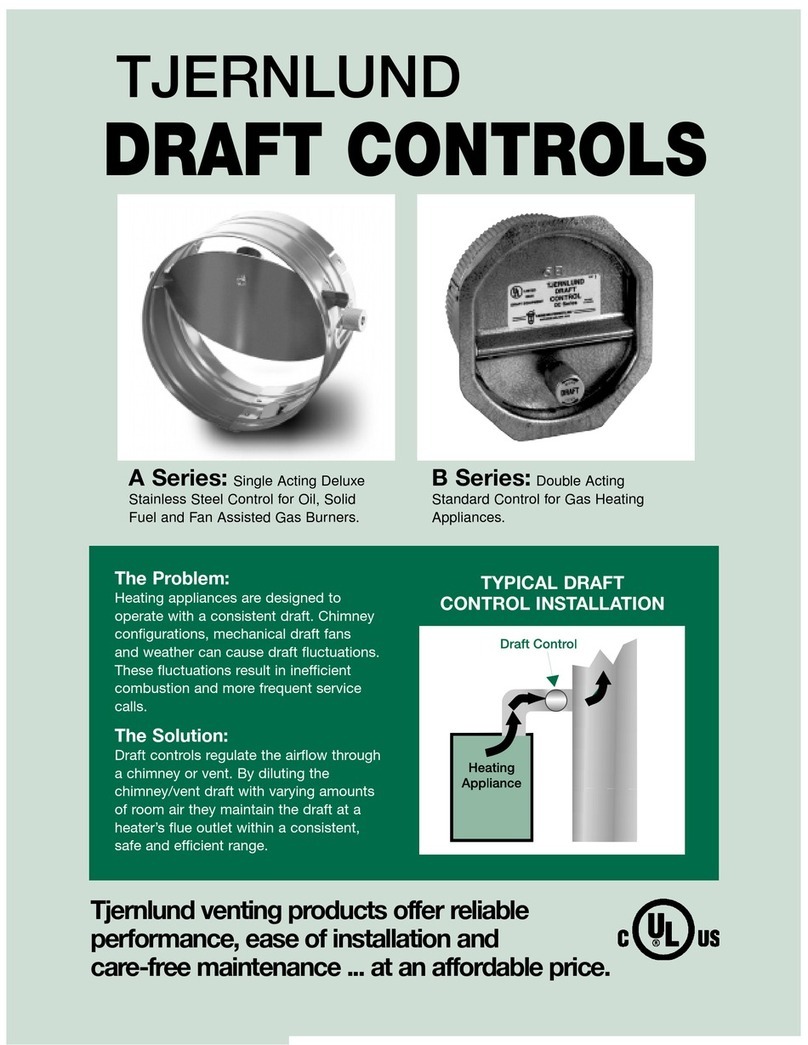
TJERNLUND
TJERNLUND DC BAROMETRIC DRAFT CONTROL LIT 8500490 REV B... manual
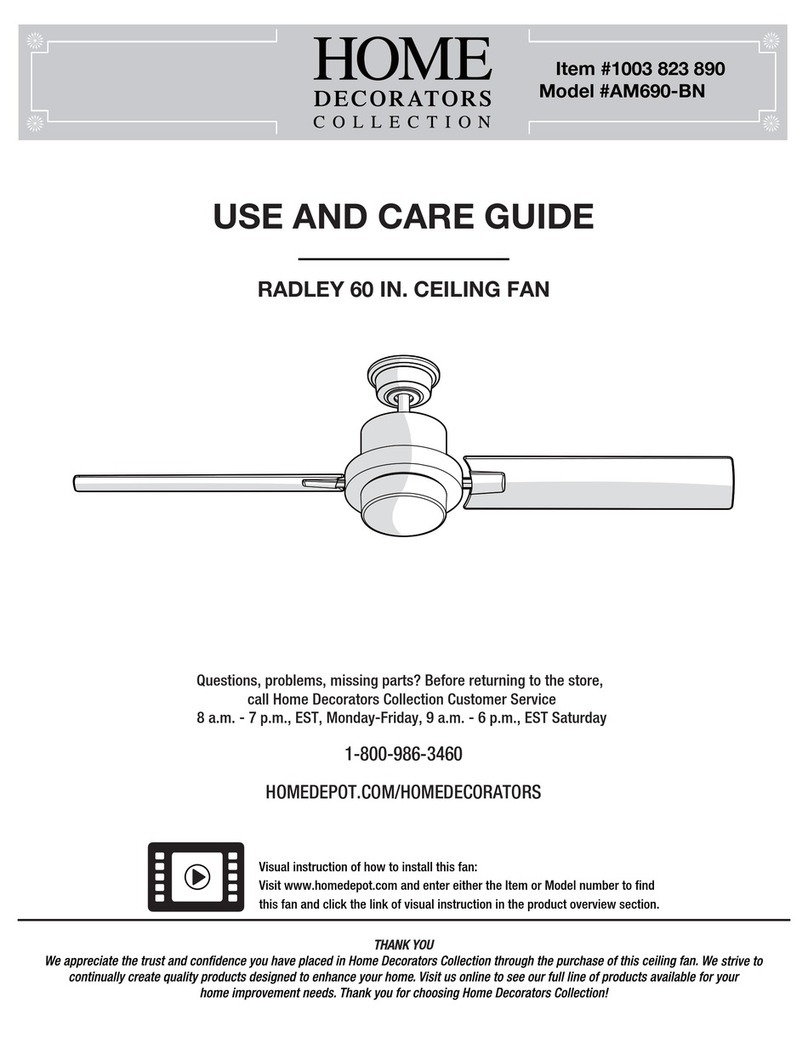
Home Decorators Collection
Home Decorators Collection RADLEY AM690-BN Use and care guide
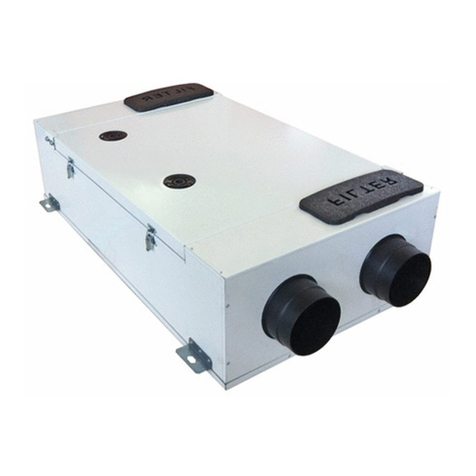
aerauliqa
aerauliqa QR200A installation manual

Westinghouse
Westinghouse 72249 manual
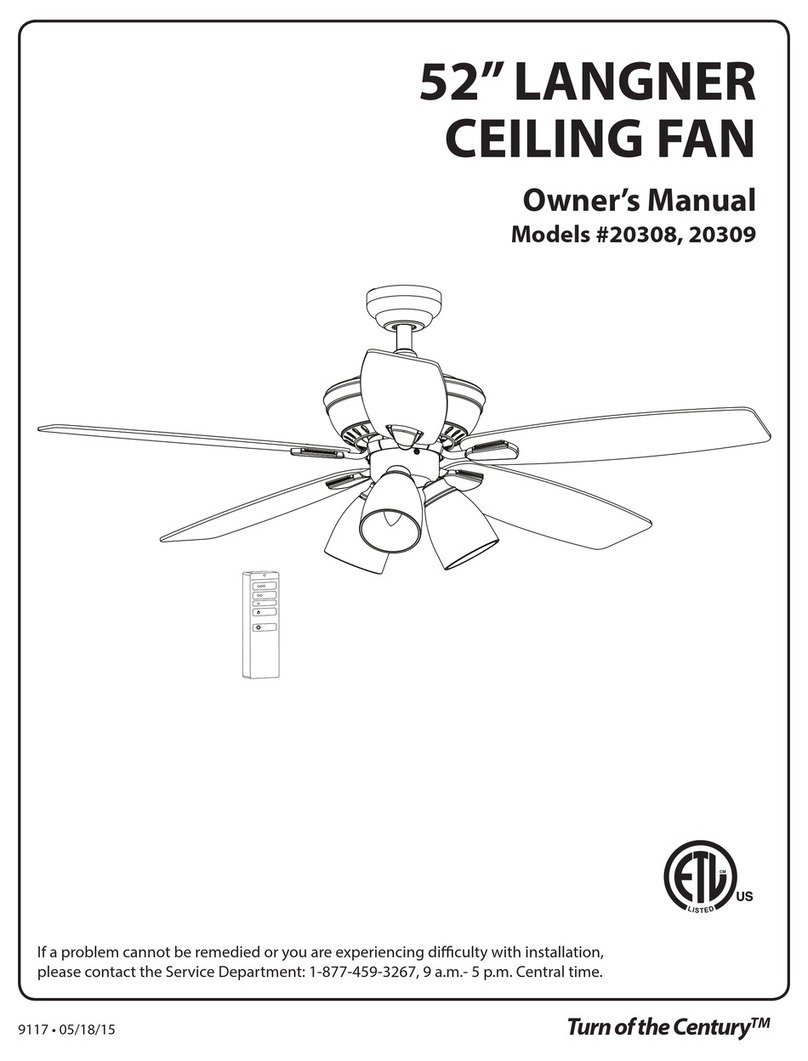
Turn of the century
Turn of the century LANGNER 20309 owner's manual
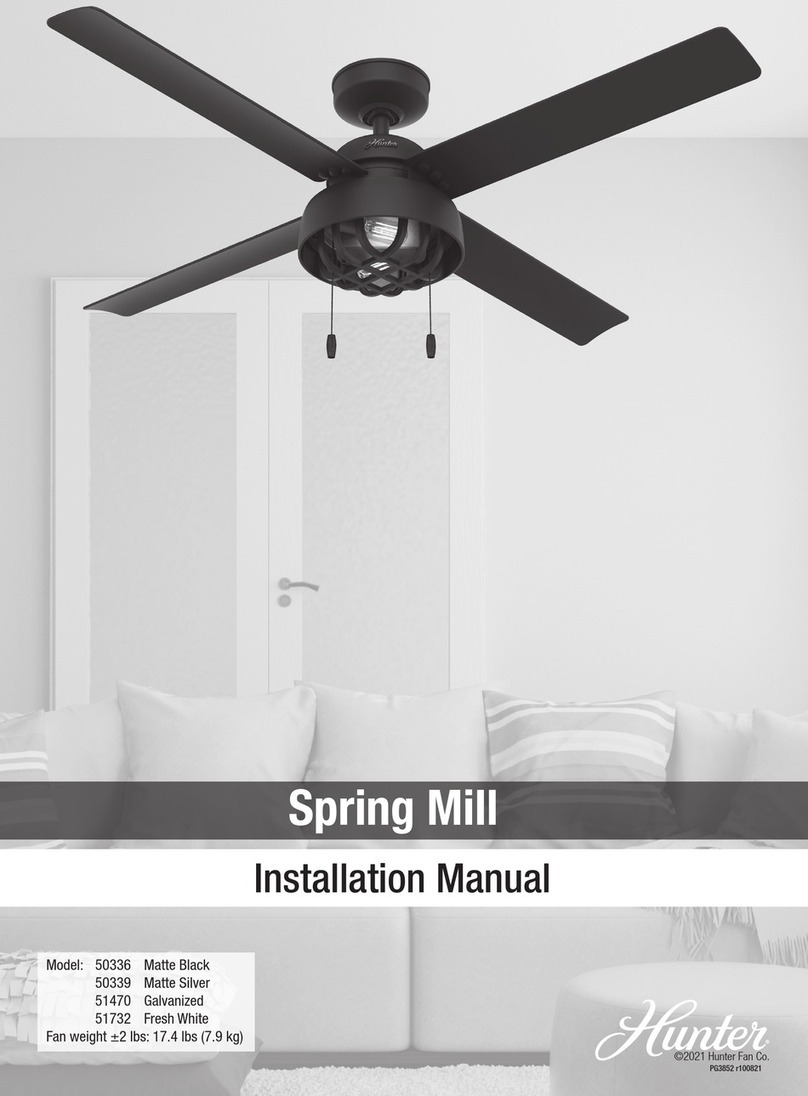
Hunter
Hunter 51470 installation manual
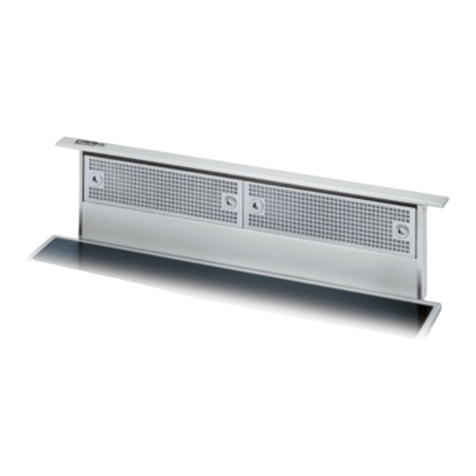
Viking Range
Viking Range RDIPR101R manual

Viessmann
Viessmann Vitovent 300-W Installation and service instructions

Valiant
Valiant VANQUISH 250 FIR364 instruction manual

Viking Range
Viking Range VINV1200 user manual
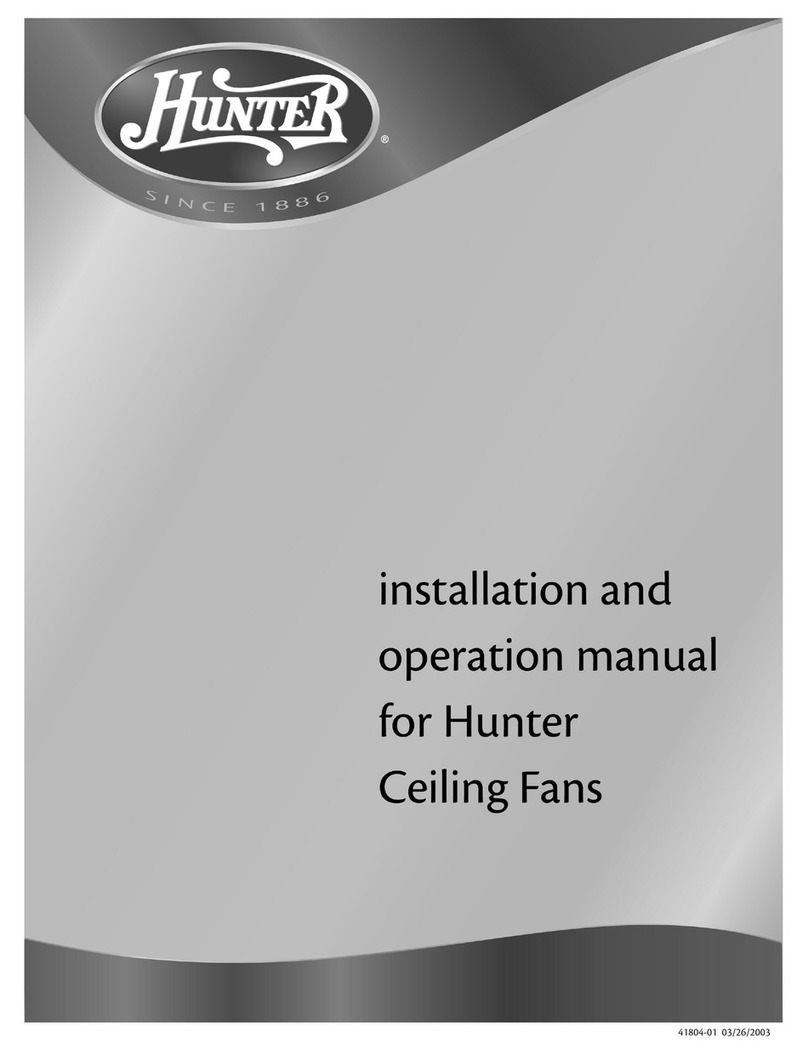
Hunter
Hunter Hunter Ceiling fans Installation and operation manual
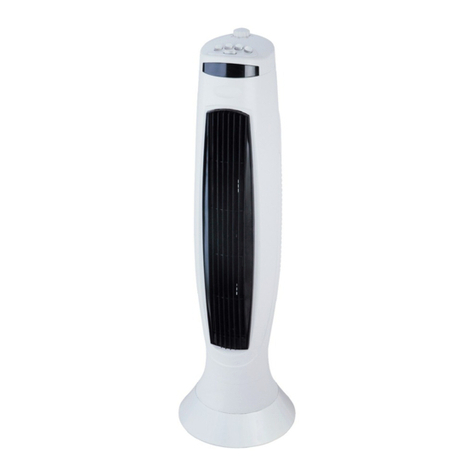
Profile
Profile 545142009 manual
